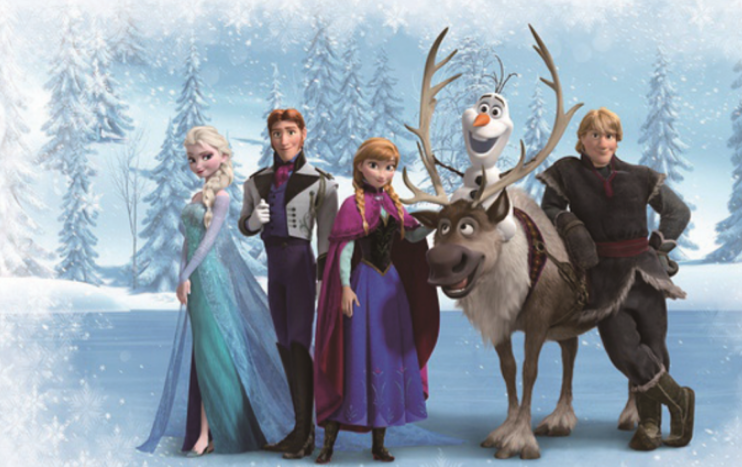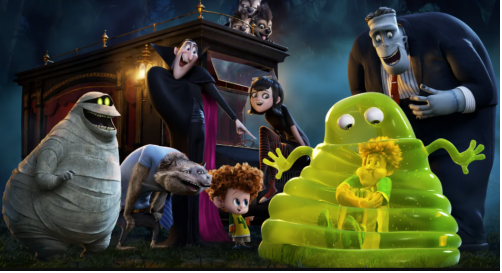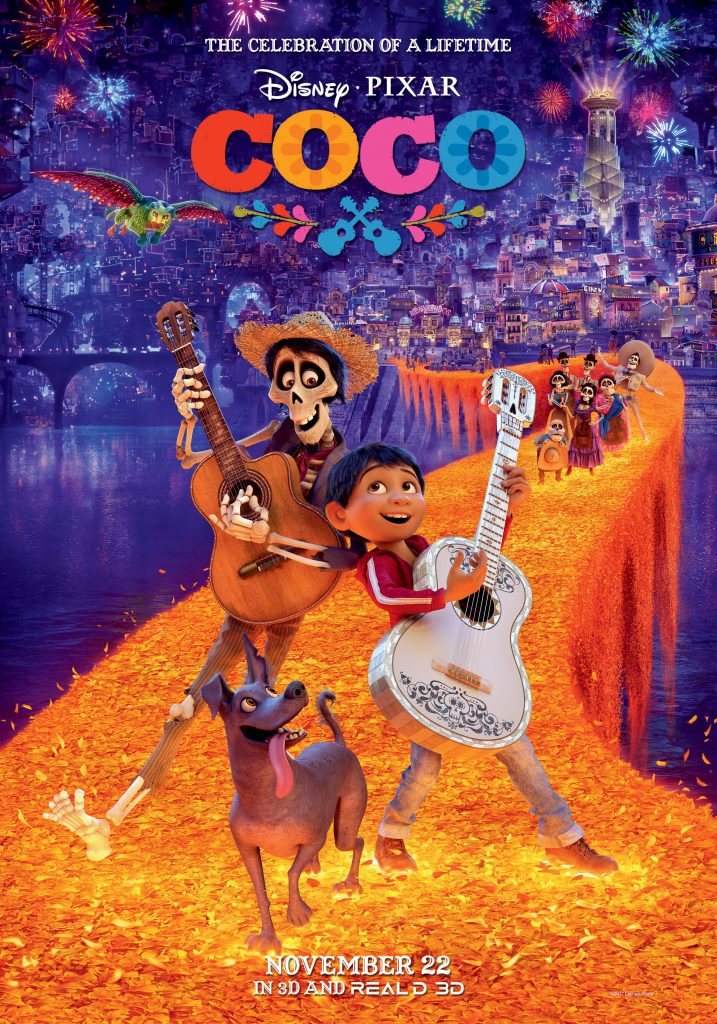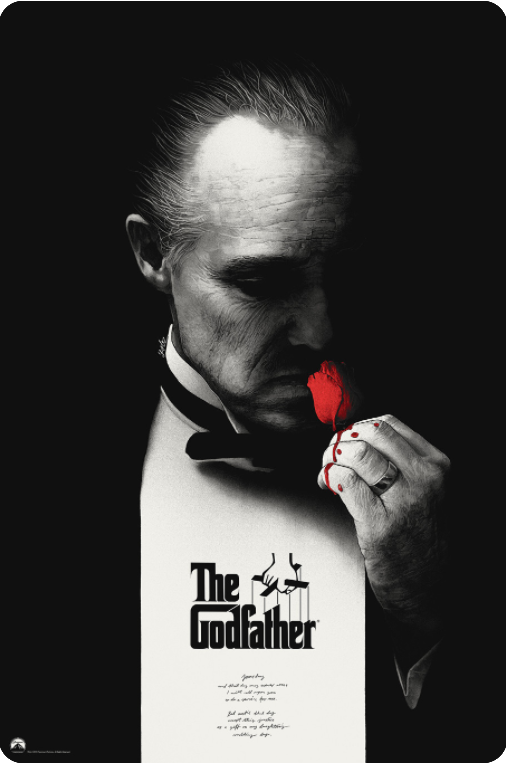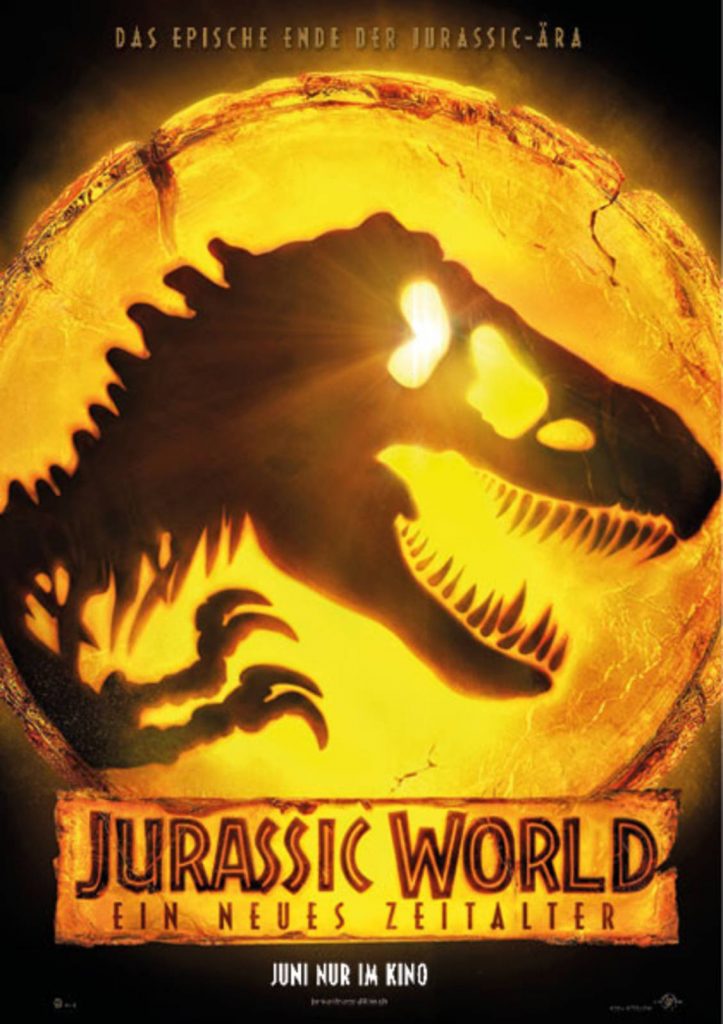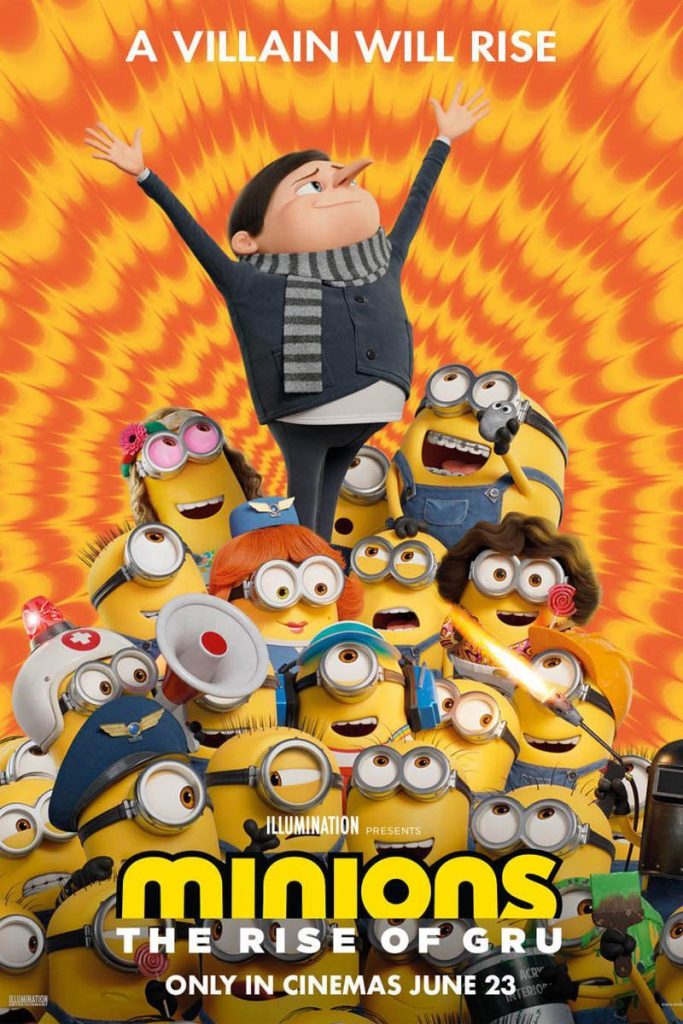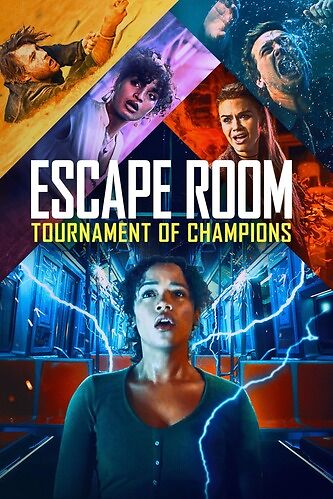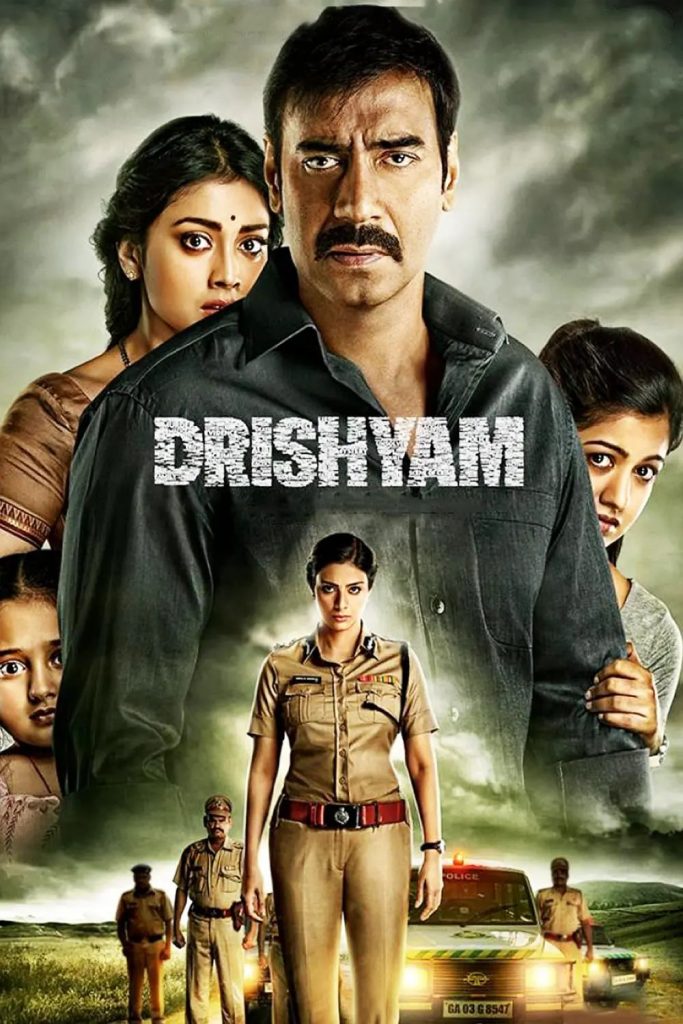At an art film screening two years ago, I was struck by a foreign film about a pair of lovers whose break-up was painful and whose stay together was even more painful. They tried all sorts of things, but could never live together in peace. But their love for each other continues to grow. After all the torment, the woman gives the man a shot and kills herself.
As an animated film, the story of Frozen is certainly not so heavy-handed. So what reminded me of that film? After a moment’s thought, the answer is: contradiction, love and fear.
Queen Elsa has the magic of ice, she can create a heaven of snow and a hell of ice. In a magical accident, Ailsa hurts her sister Anna. Anna was saved, but her memories of Ailsa’s magic were washed away. Since then, Ailsa has had to hide her magic from the world. Anna has always longed for Elsa’s company and to grow up together. However, for Anna, this was only a wish, and Elsa lived alone in her own world.
The day the Queen abdicated was the day the castle was opened. When Ailsa unleashes her magic, Anna realises the reason for her captivity. Ailsa’s magic was out of control and the city was plunged into blizzards and winters, with no trace of warmth or summer.
The trolls say that only love, yes, only true love, can break the spell of ice and teach Ailsa to control her powers.
But fear and harm lay ahead. Out of protection for her sister, Ailsa shies away from Anna in her own frozen castle, thinking that this is the key to the problem.
The villains take advantage of the situation and Anna is once again accidentally struck by Ailsa’s magic. At this point, Ailsa is also in danger of being attacked. In the nick of time, Anna gives up the chance to break the spell and uses her frozen body to shield Elsa from the sword. …… In a flash, Anna becomes a crystal clear ice sculpture. When I saw the trailer for Frozen last year, my first thought was that the big-eyed princess and the square-jawed prince were making a comeback.
But just ten minutes into this Disney classic, I realised that this was no longer a traditional glamorous but lacklustre production. The princess-prince formula is broken and the hero is a grassroots character; the main story line is shifted away from the hero and heroine to the queen and the princess; and the snowman, who is the character that sets the mood, is not only given the burden of being funny, but also given a distinct personality: he wants to have fun – for the summer!
Ailsa’s personality certainly follows the tradition: she is dignified, cautious, ambivalent and evasive …… She is more like a dramatic character from Shakespeare; Anna is the modern woman of the American play: she is flamboyant, indulgent, direct and brave. Anna wants to solve the problem; Ailsa chooses to hide.
The idea of Anna becoming an ice sculpture is brilliant, and the importance of form is again evident here. In Pixar’s previous production, The Legend of Brave, the queen who turns into a bear becomes a complete beast as the sun rises in order to protect her daughter. Similarly creative, the ice sculptures in Frozen are far more striking.
Jennifer Lee, one of the directors of Frozen, also wrote the screenplay for the film. Jennifer was the writer of the Disney animated film Wreck-It Ralph. She was the first female director in Disney history and the first writer to make a successful transition to directing at a mainstream animation company.
Jennifer says of Anna: “She represents a lot of the girls I grew up with, and we can see her as a modern-day heroine – strong and brave, but with flaws. She’s by no means perfect and that’s exactly what I love about her. She has grown all the way up to become the person she wants to be: full of energy, but also with her own unique sense of humour.”
